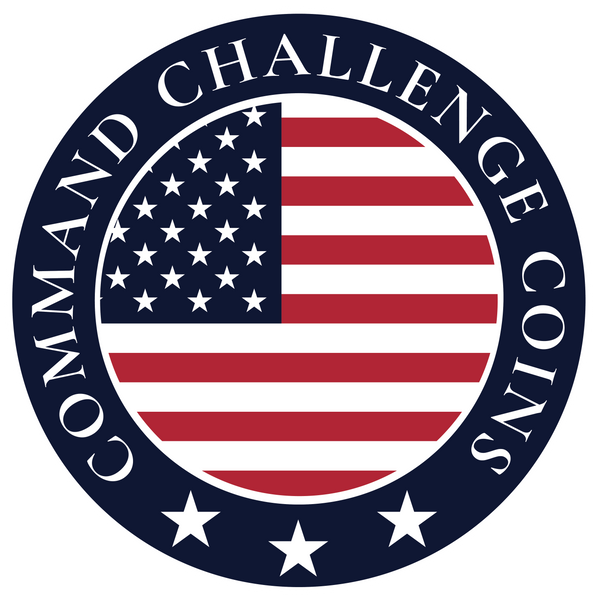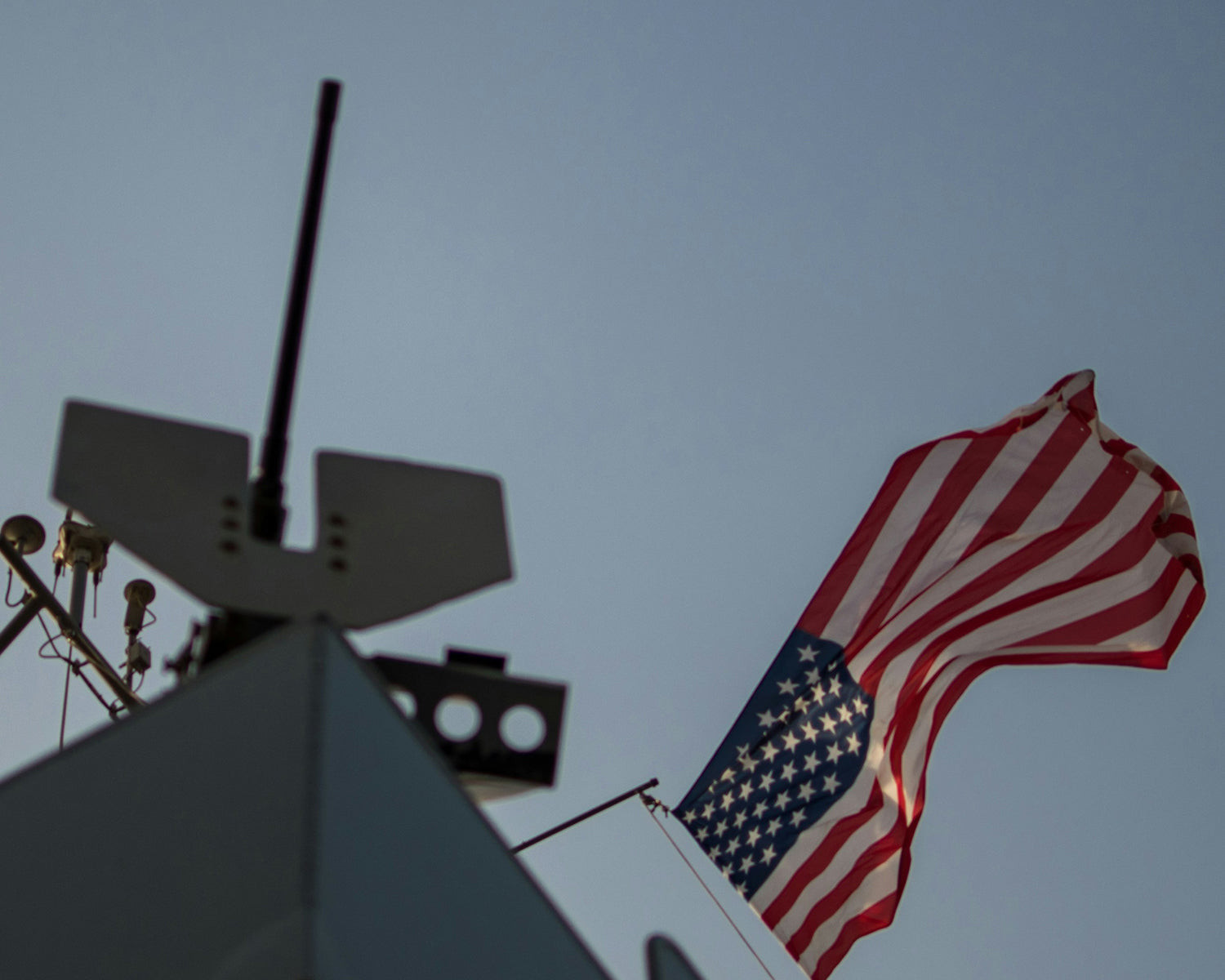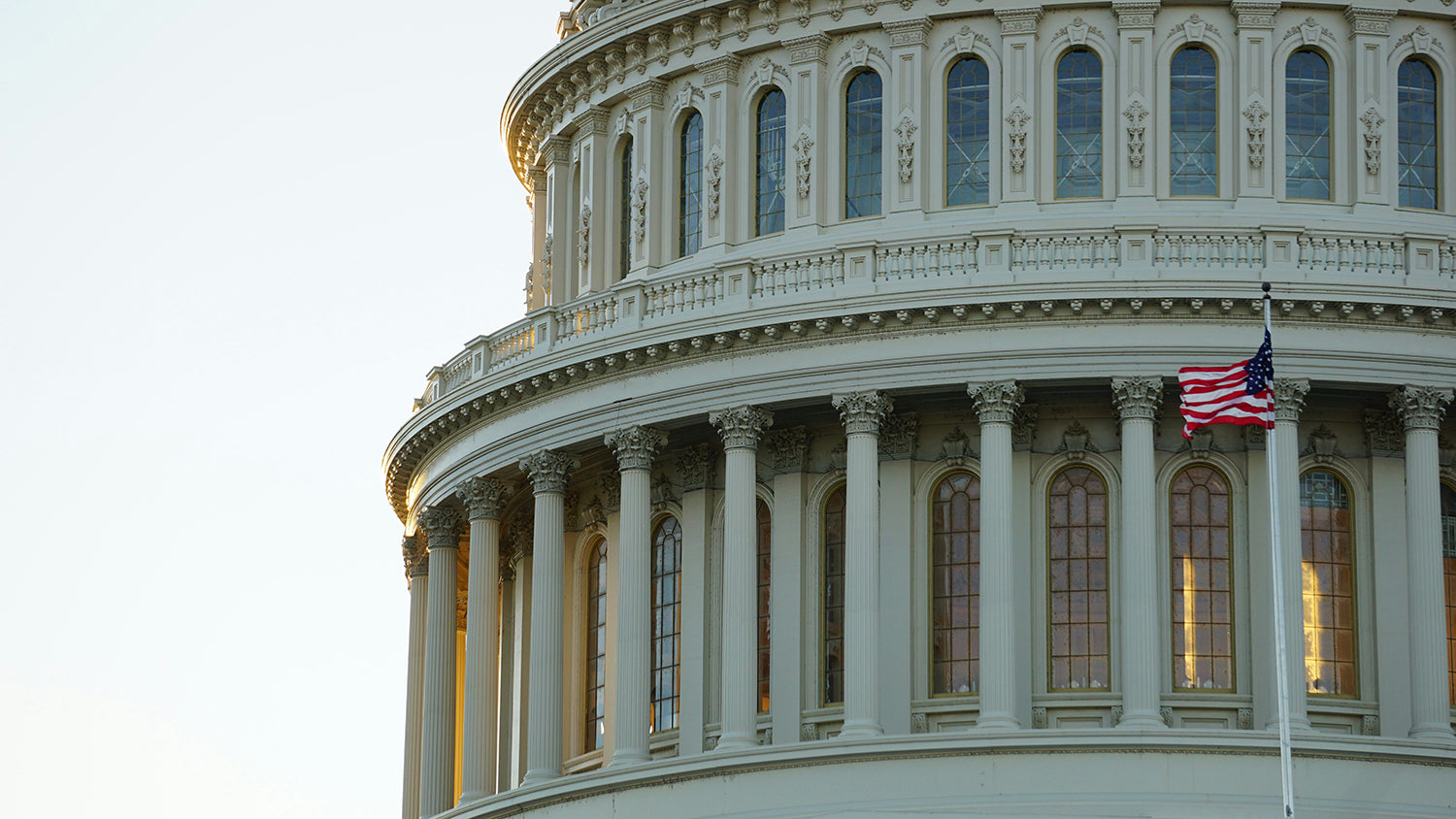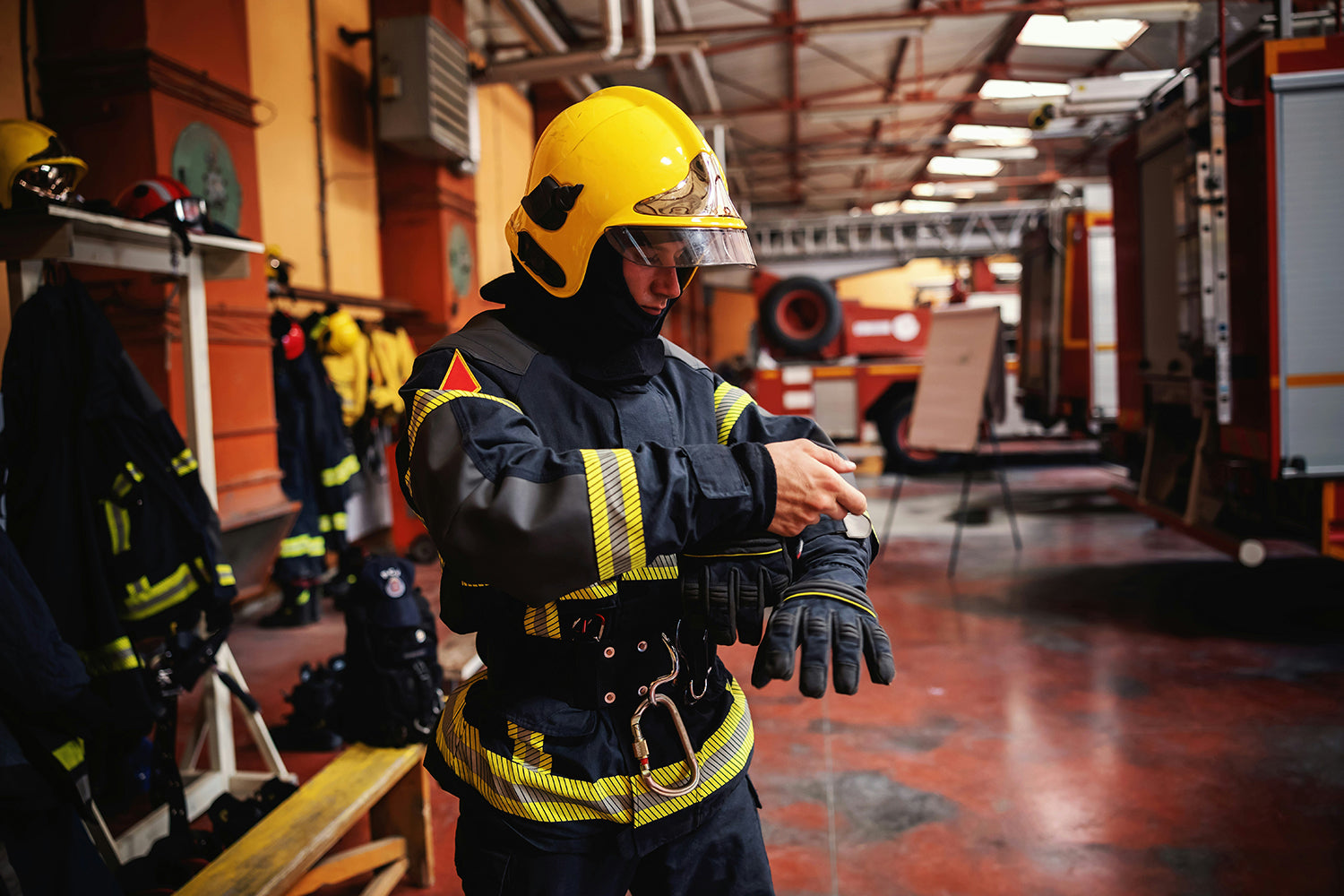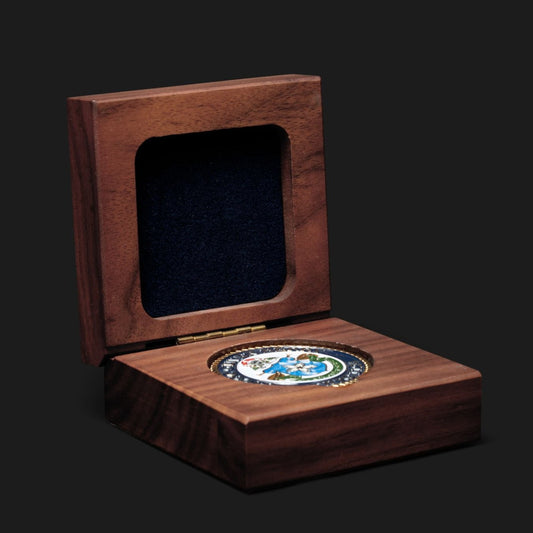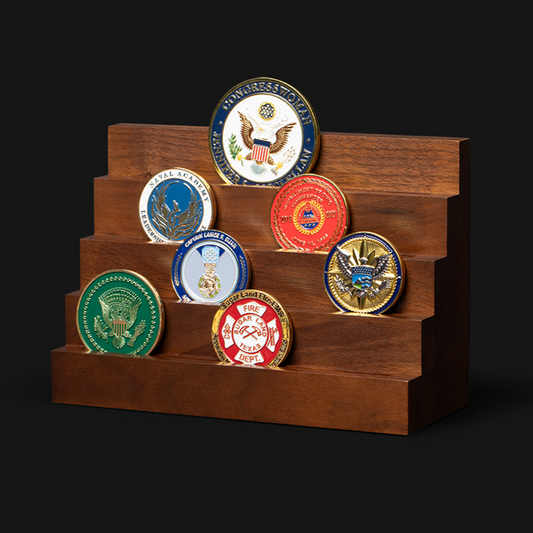
Honoring the US Army's Service in the Vietnam War
Renita WingfieldThe Vietnam War remains one of the most complex and controversial conflicts in American history. From 1955 to 1975, the US Army played a crucial role in the war, demonstrating courage, resilience, and dedication. This blog aims to honor the US Army's service in the Vietnam War, explore the historical context, the challenges faced by the soldiers, and the enduring legacy of their sacrifice and commitment.
Historical Context of the Vietnam War
Origins and Early Involvement
The Vietnam War originated in the broader context of the Cold War, as the United States sought to prevent the spread of communism in Southeast Asia. After the French withdrawal from Indochina in 1954, Vietnam was divided into communist North Vietnam and anti-communist South Vietnam. The US Army's involvement began with providing military advisors to assist the South Vietnamese government.
Escalation of US Involvement
The Gulf of Tonkin incident in 1964 marked a significant escalation in US involvement. Alleged attacks on US Navy ships led to the Gulf of Tonkin Resolution, granting President Lyndon B. Johnson the authority to increase military presence. By 1965, large-scale US Army deployments commenced, with hundreds of thousands of troops engaged in combat operations.
Major Operations and Battles
Several major operations and battles defined the US Army's engagement in Vietnam. Notable among them are:
- Operation Rolling Thunder (1965-1968): An extensive bombing campaign aimed at crippling North Vietnam's infrastructure.
- Tet Offensive (1968): A massive surprise attack by North Vietnamese and Viet Cong forces during the Tet holiday, leading to intense and widespread fighting.
- Operation Linebacker (1972): Targeted bombing operations to halt North Vietnamese advances.
These operations, among others, showcased the strategic complexity and the intense combat conditions faced by US Army soldiers.
The Role of the US Army in the Vietnam War

Combat Operations
The US Army was at the forefront of ground combat in Vietnam. Soldiers conducted search and destroy missions, jungle warfare, and counter-insurgency operations. They faced a well-organized and determined enemy in challenging and unfamiliar terrain. The Army's ability to adapt to guerrilla warfare tactics was crucial, as traditional warfare strategies often proved ineffective against the Viet Cong and North Vietnamese Army.
Support and Logistics
Beyond direct combat, the US Army played a vital role in support and logistics. This included maintaining supply lines, constructing bases, and providing medical support. Helicopters, such as the iconic UH-1 Huey, were indispensable for troop transport, medical evacuation, and close air support.
Civil Affairs and Humanitarian Efforts
The US Army also engaged in civil affairs and humanitarian efforts aimed at winning the "hearts and minds" of the Vietnamese people. Programs included building infrastructure, providing medical care, and assisting with agricultural development. These efforts were intended to strengthen the South Vietnamese government and reduce support for the Viet Cong.
Challenges Faced by US Army Soldiers

Harsh Combat Conditions
The terrain of Vietnam presented significant challenges, with dense jungles, mountainous regions, and swampy areas. Soldiers had to navigate these difficult environments while dealing with extreme weather conditions, such as monsoons and intense heat. The threat of ambushes, booby traps, and mines added to the peril of daily operations.
Psychological and Emotional Strain
The Vietnam War inflicted severe psychological and emotional strain on US Army soldiers. The constant threat of death, the ambiguity of the enemy, and the protracted nature of the conflict led to high levels of stress and trauma. Many soldiers faced difficulties coping with the horrors of war, and the term "Vietnam Syndrome" emerged to describe the lasting psychological impact on veterans.
Controversy and Lack of Support at Home
Unlike previous wars, the Vietnam War was highly controversial and unpopular among the American public. Soldiers often returned home to a nation divided over the conflict, with some facing hostility and a lack of support. This lack of appreciation and understanding compounded the difficulties of reintegration and added to the emotional burden carried by many veterans.
Honoring the Service of US Army Soldiers

Memorials and Monuments
Honoring the service of US Army soldiers who fought in the Vietnam War is essential for preserving their legacy and recognizing their sacrifices. Key memorials and monuments include:
- The Vietnam Veterans Memorial (The Wall): Located in Washington, D.C., this iconic memorial features the names of over 58,000 service members who lost their lives or went missing in action. The Wall serves as a powerful reminder of the cost of the war and a place for reflection and remembrance.
- The Vietnam Women's Memorial: Also in Washington, D.C., this monument honors the women, particularly nurses, who served and sacrificed during the war.
Commemorative Events
Commemorative events provide opportunities for the nation to honor and remember the sacrifices of Vietnam War veterans. Events such as Veterans Day, Memorial Day, and specific anniversaries related to the Vietnam War are occasions to pay tribute to the service and dedication of US Army soldiers.
Support for Veterans
Supporting Vietnam War veterans is a crucial aspect of honoring their service. This includes providing access to healthcare, mental health services, and programs that address the unique challenges faced by Vietnam veterans. Organizations such as the Vietnam Veterans of America (VVA) and the Department of Veterans Affairs (VA) play vital roles in advocating for and supporting these veterans.
Personal Tributes and Recognition
Personal tributes and recognition can have a profound impact on Vietnam War veterans. Writing letters, creating artwork, and sharing stories can help convey appreciation and respect for their service. These gestures help bridge the gap between veterans and the civilian community, fostering understanding and empathy. Challenge coins can also be part of these personal tributes, given as tokens of appreciation and respect to individual veterans or groups.
By incorporating memorials, commemorative events, support services, and personal tributes, including challenge coins, we ensure that the sacrifices and contributions of US Army soldiers in the Vietnam War are honored and remembered.
The Enduring Legacy of the Vietnam War
Lessons Learned
The Vietnam War provided numerous lessons for the US Army and the broader military community. It highlighted the complexities of counter-insurgency warfare, the importance of understanding cultural and political contexts, and the need for comprehensive support for returning veterans. These lessons have shaped military doctrine and policy in subsequent conflicts.
Cultural Impact
The Vietnam War had a significant impact on American culture and society. It influenced literature, film, music, and media, contributing to a broader understanding of the experiences of soldiers and the complexities of the war. Works such as "The Things They Carried" by Tim O'Brien and films like "Apocalypse Now" and "Platoon" have become cultural touchstones that explore the human dimensions of the conflict.
Continuing the Mission of Remembrance
The mission to remember and honor the service of US Army soldiers in the Vietnam War continues. Educational programs, historical research, and public awareness campaigns play crucial roles in ensuring that the sacrifices and contributions of these soldiers are not forgotten. By keeping their stories alive, we honor their legacy and ensure that future generations understand the true cost of war.
The US Army's service in the Vietnam War exemplifies courage, resilience, and dedication. Despite the challenges and controversies, the contributions of these soldiers had a profound impact on the course of the war and the history of the United States. Honoring their service through memorials, events, support for veterans, and personal tributes ensures that their sacrifices are remembered and appreciated. As we reflect on the Vietnam War, we recognize the enduring legacy of the US Army's commitment to duty and country.
Key Takeaways
- Historical Context: The Vietnam War, driven by Cold War dynamics, saw significant US Army involvement to prevent the spread of communism in Southeast Asia.
- US Army's Role: The US Army's roles included combat operations, support and logistics, and humanitarian efforts, showcasing their adaptability and dedication.
- Challenges Faced: Soldiers faced harsh combat conditions, psychological strain, and a lack of support at home, highlighting the complexities of their service.
- Honoring Service: Memorials, commemorative events, and support for veterans are essential for recognizing and honoring the sacrifices of US Army soldiers in the Vietnam War.
- Enduring Legacy: The Vietnam War's lessons, cultural impact, and continued mission of remembrance ensure that the contributions of US Army soldiers are not forgotten.

Discover the Honor Behind Every Coin
At Command Challenge Coins, we're not just creating tokens; we're forging symbols of achievement, unity, and recognition. Our commitment to excellence is mirrored in every meticulously crafted coin, embodying the values and stories of those who carry them. From the rich history embedded in military traditions to the contemporary applications across various sectors, challenge coins represent more than just metal—they symbolize a legacy of honor and camaraderie.
Have a design in mind or need guidance on creating your unique challenge coin? Get a free quote today to consult with our specialists.
